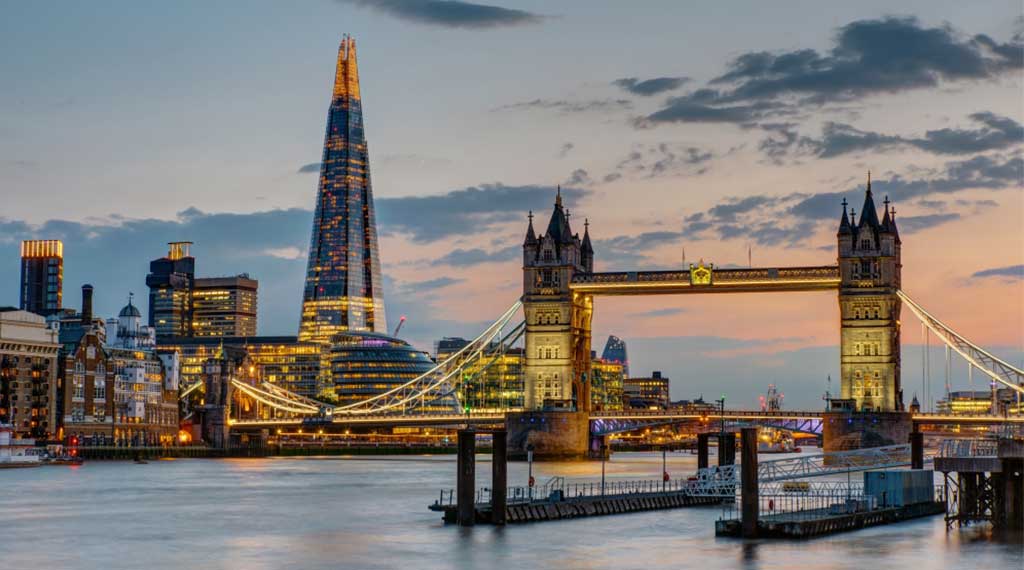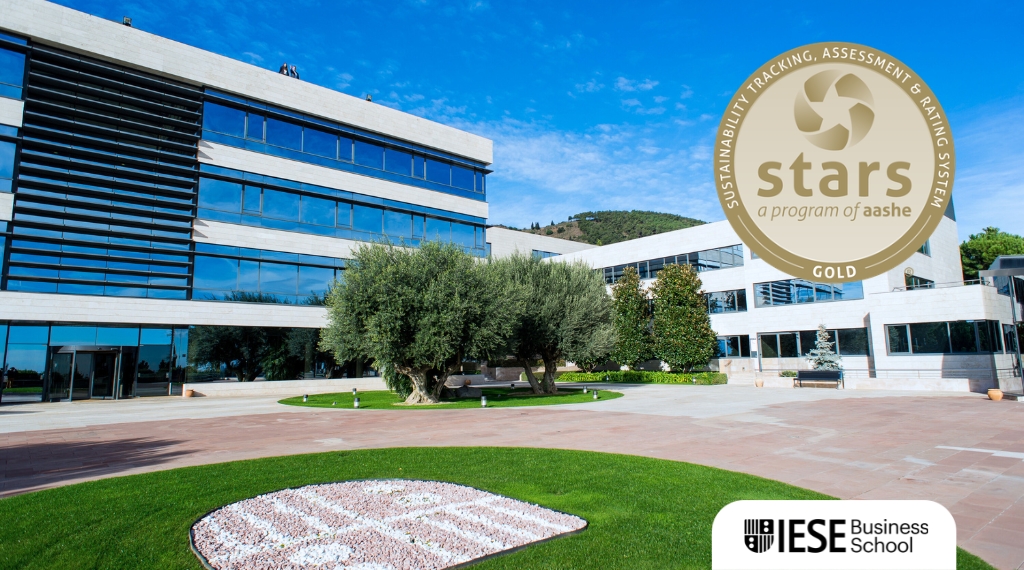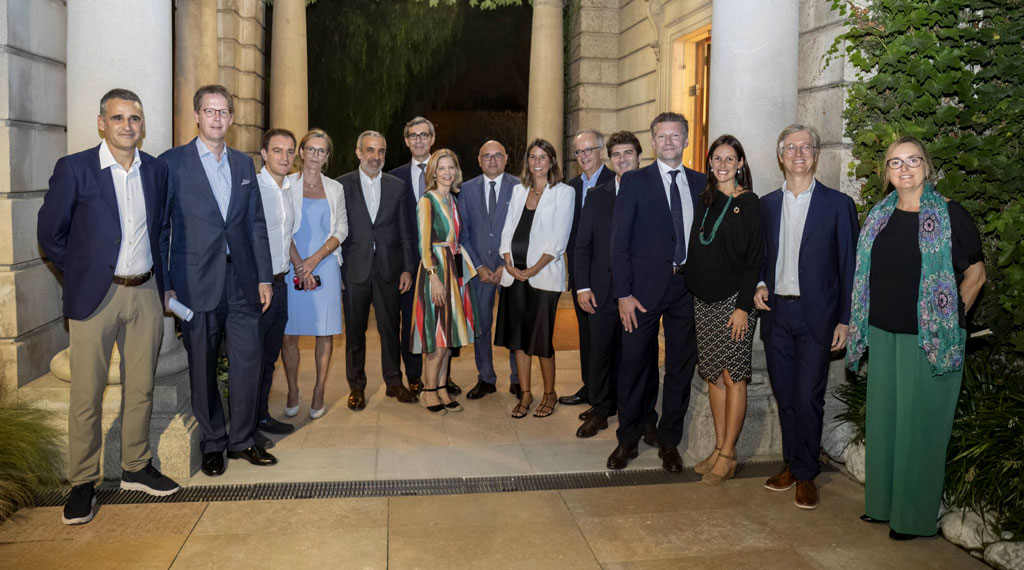Stories
Resilience , a key concept for the world’s smartest cities
London tops IESE's Cities in Motion 2020 index of sustainable, fair and smart urban centers
The Cities in Motion index gave London high marks for international projection and human capital.
July 3, 2020

The COVID-19 pandemic represents an opportunity to rethink many cities’ strategies and increase their resilience, according to the 2020 edition of IESE’s Cities in Motion Index, which places London at the top of its ranking of the world’s smartest cities.
The report, which analyzes the level of development of 174 cities based on 101 indicators, places London in the No. 1 spot, followed by New York and Paris. Globally, cities in Europe continue to dominate the ranking, with 27 among the top 50. This select group also includes 14 cities in North American, 5 in Asia and 4 in Oceania.
The ranking comes as COVID-19 calls into question mainstays of urban living, such as high population density versus social distancing, public transport versus private vehicles, and social interaction in squares and other common spaces versus confinement at home.
Resilience, in part thanks to greater public-private collaboration, may be the new paradigm for cities, according to the report prepared by IESE’s Center for Globalization and Strategy.
This online map can be used to explore the makings of the world’s most sustainable, fair and smartest cities. And new this year is an online calculator that can be used to determine the theoretical ranking of any city based by entering the relevant data.
Urban leaders
London’s No. 1 ranking is due in part to its international projection (an area in which European cities dominate) and human capital. In fact, the home of Big Ben achieves excellent results in 7 of the 9 dimensions evaluated. The two exceptions were the environment and social cohesion, where London’s performance was more mediocre.
New York tops the charts for its economy (an area in which 9 of the top 10 positions go to U.S. cities), urban planning (6 of the top 10 are North American), and mobility and transportation. Its great Achilles’ heel continues to be social cohesion: it has one of the world’s worst performances there.
Talk of social cohesion turns the spotlight to Basel (21st in the general ranking), thanks to its fairly equal income distribution, low unemployment, crime and homicide rates. In this dimension, key to citizens’ quality of life, 7 of the top 10 performers are European, and 3 of them are Swiss. Another area with a standout from Switzerland is urban governance: Bern (31st in the general ranking) ranks highest.
For the environment, the best performing city is Reykjavik (5th overall), followed by Copenhagen (6th). These two also top Yale University’s Environmental Performance Index (EPI) and have low levels of pollution and contamination.
For technology, Hong Kong leads the way, followed by Singapore and San Francisco. It’s worth noting that Hong Kong stands at 10th place in the general ranking, after advancing 17 positions since 2017.
In terms of improvements, Vancouver (up 18 positions to 44th) is another hot spot, thanks mainly to the Canadian’s city economic progress. Elsewhere in the top 50, Lyon (36th) moves up an impressive 12 spots due its stronger efforts in international projection and developing human capital. Further down the list, the most meteoric rise is seen in Vilnius (65th), up 24 places thanks mainly to its GDP growth in the past few years.
At the same time, Bucharest slips 29 spots to 103rd in the ranking, while Stuttgart slides 23 to 63rd. Within the elite top 50, Melbourne gives up 16 positions, falling to 37th, while Gothenburg gives up 12 to land at 50th. Both Melbourne and Gothenburg are held back by their recent international projection and human capital scores.
And now what?
Contextualizing these results amid the current pandemic, the report’s authors, Pascual Berrone and Joan Enric Ricart, provide a set of conclusions and recommendations which highlight the relevance of urban resilience today and the need to promote public-private collaborations:
People first. The COVID-19 crisis makes it clear that smart urban design must focus on the quality of life for its people. In this sense, cities should emphasize the joint advancement of social cohesion and the economy for a just recovery.
Identify what is essential in your city. City managers must determine their top priorities and which needs require the most resources, time and effort. The indicators in this report can be used as a diagnostic tool.
New strategies for a new environment. COVID-19 will impose a new future on cities. For example, social distancing measures mean low-cost mass tourism will no longer be an option for many cities; traditional retail will face tougher competition online; public transportation will have to be redesigned; and public interactions in green spaces may change. Cities will have to adapt to this new scenario.
Resilience as a new urban paradigm. The pandemic has demonstrated the importance of cities’ capacity to overcome traumatic circumstances. Promoting a new focus on urban resilience is essential and it can be achieved by combining a solid infrastructure with agile and efficient management.
Recovery through collaboration. If all social actors (the public sector, private companies, civic organizations and academic institutions) collaborate, cities bounce back quicker. We must break down the “silos” that prevent us as leaders from seeing possible synergies.
Link between territories. In recent decades, the growing hegemony of the city has come at a cost to the countryside. However, during the health crisis, territories’ interrelation and dependency are increasingly clear. Reconsidering and strengthening urban-rural links can create more efficient systems.
For a quick, effective, and inclusive recovery, urban managers should lead by example, guided by principles of justice and collaboration for the benefit of all. “Ultimately,” the study concludes, “we will need urban managers who apply the concept of smart governance, which includes accurate diagnosis, clear vision and multidimensional management of challenges.”
Read and download the full report here.


